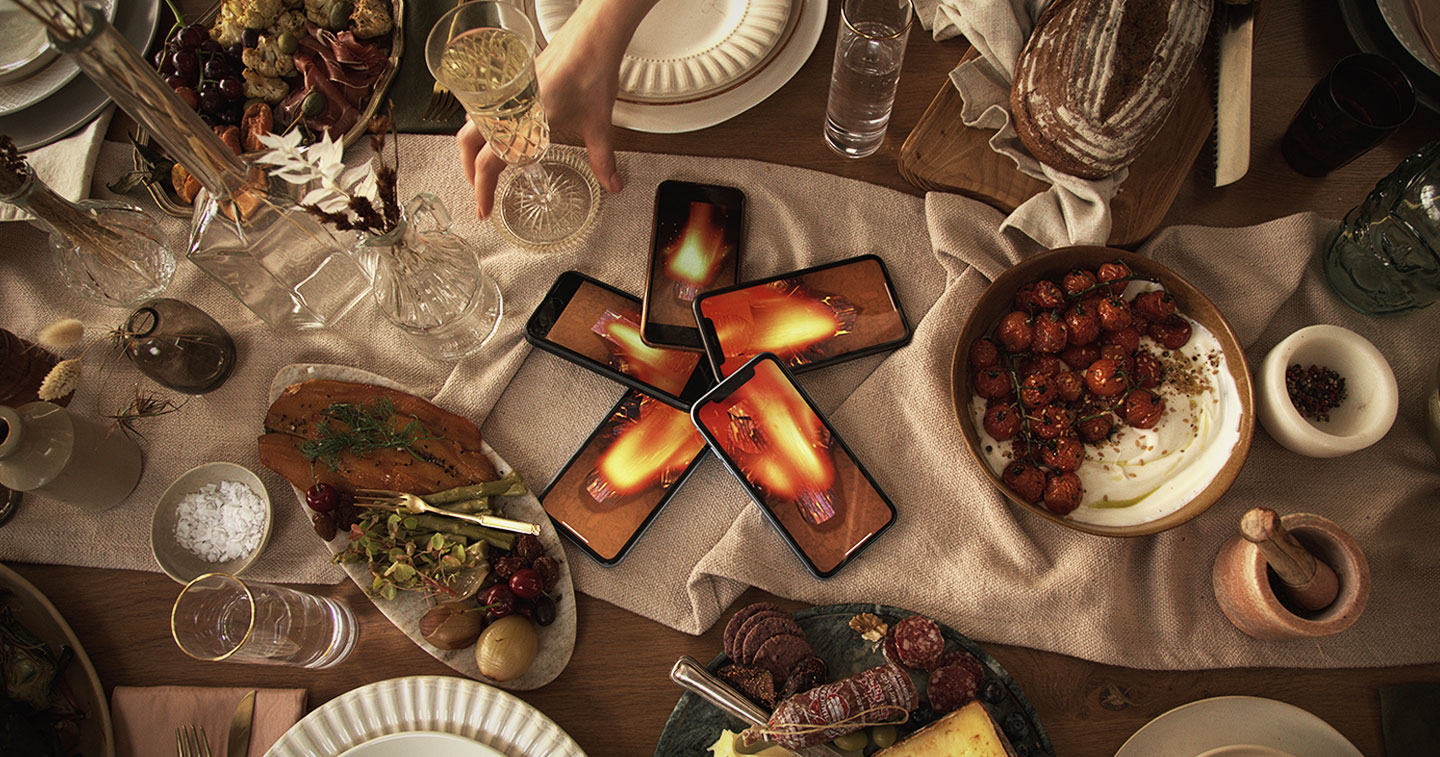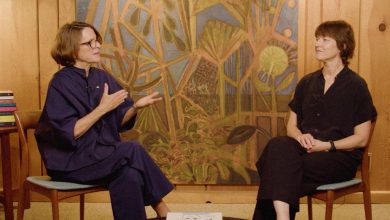NEW YORK CITY, USA – A year of challenges and isolation. Loneliness has, at times, crept into most of our lives in recent months. This holiday season step out from behind your screen and engage in the excitement and pleasure that comes with connecting with loved ones. The Bondfire is a centrepiece for sparking conversations with friends and family from near or afar this holiday season.
Start a Bondfire and share the unique code with your group. Each phone becomes a 3D log, and when stacked together, creates a fire that grows bigger and brighter as each new person joins to the comforting sound of crackling flames, evoking the warmth of a real fire. The Bondfire provides a visually inviting new way to facilitate connections and bring magic and delight to families this holiday season, including voice capabilities that enable remote users to join the conversation too.
Conceptualised by AKQA Copywriter and Future Lions 2019 winner Arendse Rohland, this year’s holiday card was created to bring friends and family together, even when physically apart.
Arendse Rohland said: “With this year’s holiday card, The Bondfire, we were passionate about creating a meaningful experience that family and friends can share, in real life or remotely. Combining art and technology and inspired by our ancestors’ tradition of gathering around fires to share stories, we built an inviting virtual environment for the purpose of turning phones into a collaborative centrepiece to encourage real life conversations between loved ones.”
Nicolai Smith, Executive Creative Director, AKQA said: “2020 has been tough for us all in many ways, but one positive to come out of it is realising what’s most important in our lives: each other. This festive season will be different from the ones we remember but our hope with this year’s AKQA Holiday Card is that people will put down their phones and really relish this special time with their loved ones.”
The Bondfire is available to download for free on iOS and Android: akqa.com/fire
Credits:
AKQA
Sam Kelly, CMO
Peter Lund, CCO
Nicolai Smith, ECD
Anna-Belle Mulder, Creative Director
Arendse Rohland, Creative Conceptor (official job title is Copywriter)
Laura Minton, Project Manager
Ilan Orengel, Senior Designer & Art Director
Joel August, Senior Interactive Designer & Art Director
Shiko Murai, Creative
Jake Coleman, Brand Designer
Millipede
Samuel Baird – Technical Lead
Jonathan Poynter – Design Lead
Joy Chen – Senior Producer
Ben Crouch – Senior Designer
William Mesilane – Mobile Developer
Benjamin Naulls – Junior Mobile Developer
Brendon Vince – Mobile Quality Analyst








